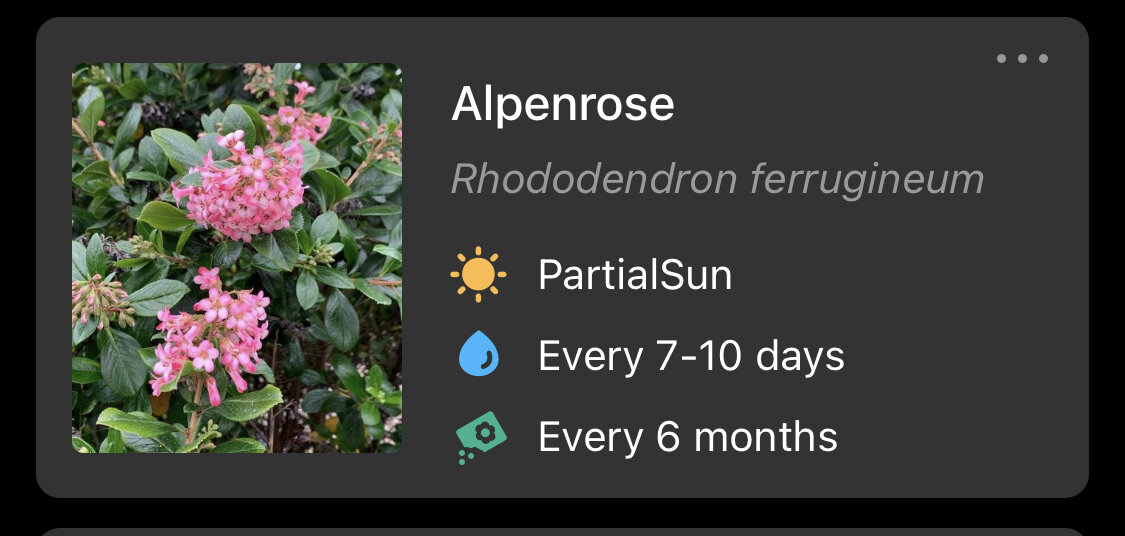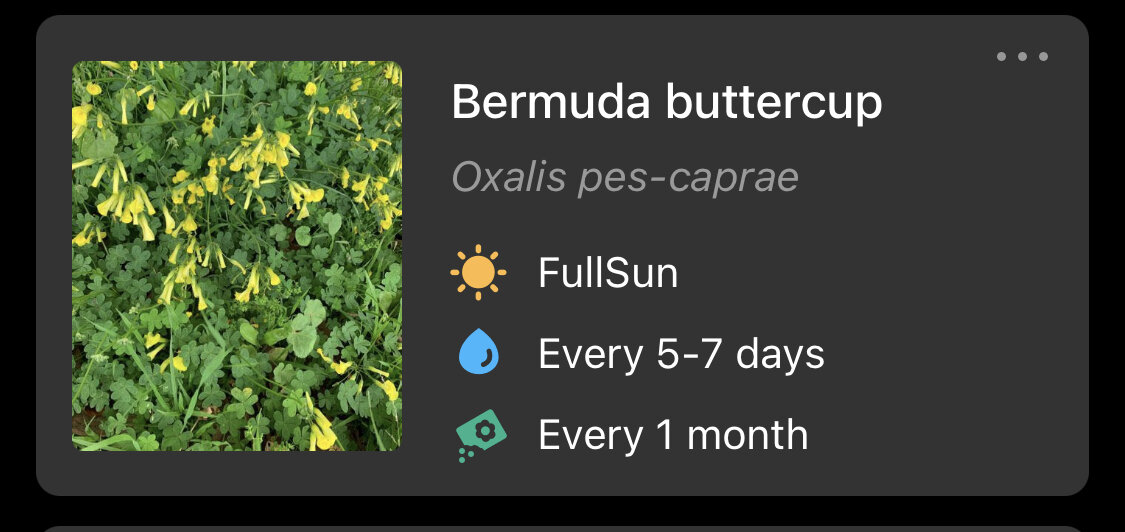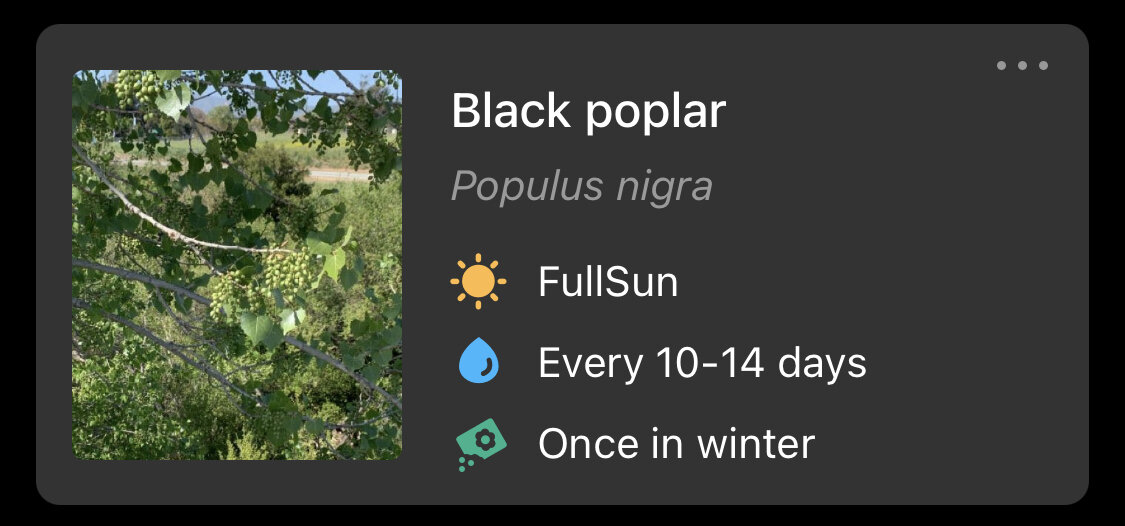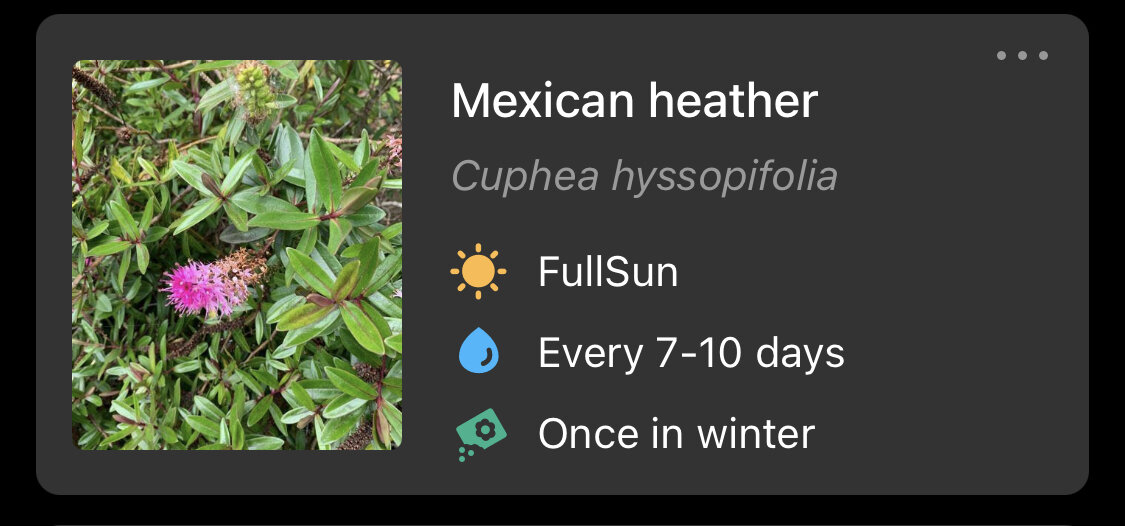The heart of Discovery Bay is an eyesore. Well perhaps not an eyesore, but the town center lacks visual appeal and appears desolate. Nothing in the town center draws people to its center at the cross streets of Discovery Bay Blvd, Willow lake Rd, and Sand Point Road. Composed of a spare and inconistently populated strip mall, a gas statuon, a seemingly always undercontruction community center, several empty parking lots and two football size fields lots of fairly uninteresting weeds — the town center of Disovery Bay makes little effort to impress visitors, let alone folks who live here to gather there.
The empty space at the hert of Discovery Bay looks to me like the very heart of the problem of the feeling of community lacking in the town. The emptiness at the center of town represents to me the metaphorical and liuttle hole in the spirit of the town. I think, even worse, is that the empitness has persisted sol long folks don’t remark upon it, don;t consider it a blight. The wasteland in the core of the town is just that empty place folks drive by witrhout even a glance. The vacuum has lasted so long, folks accept it it as it is, folks don’t even bother to imagine the possibilities for the space. The absence has been present so long folks don’t see it as a problem.
Perhaps I took notice of this space because I recently ducked out of the mainstream for a week. As the pandemic wound down and a few places started to re-open I felt compelled to get out of my house and take some time to reflect. I took a few days off work and booked a short retreat at Esalen in Big Sur. A place I have visited a half-dozen times over the last 20 years. A place with a stunningly beautiful permaculture garden and a driven location with a community building at its heart. A place that is also problematic in one respect and blind to its potential influence over the future of towns, and cities, and communities at large.
A View Over the Esalen Permaculture Garden
The Esalen Gardens produce dozens of foodstuffs served by the kitchens of Esalen. Run by the Esalen Famers, the gardens use organic and permaculture routines and methods integrating ideas from companion planting to vermiculture to enrich the harvest. Fortunately, I bumped into one of the Esalen Farmers and chatted briefly about the role of the farm as a space for education and reconnecting with food. Production is certainly proof of the approach but ultimately secondary to the garden's mission of drawing people to experience the space, to learn about growing food in harmony with the ecosystem, with the very real by-product of beauty that an industrial operation could never match.
The gardener I chatted with, Emma Phillips, while embarrassed by her Masters degree from Harvard, explored several ideas with me during our chat. Certainly, we touched on the garden’s role in. cultivating soil, plants, and people. We shared our affections for how “the holistic model of local food security and sustainability, and producing organic food that sustains, heals, and educates the people who live at and visit Esalen.” Emma and her colleagues farm four acres of “marine terrace” and “compost nearly 500 pounds of food and green waste every day.” As evidence of possibility in the world, Esalen likes to share that the food is grown “400 steps” where it is eaten.
The dining hall in the Community Building at Esalen
As a model - it stands out as a place of truly sustainable practice and visual appeal. I think we both felt like such a model could have or should have more real-world carry. Why hasn’t such an effective model — decades and decades in practice — not taken seed in cities, and towns, and communities? Particularly in what Emma called the “hinterlands.” A term she shared from her studies at Harvard from the work of Neil Brenner. Basically, I found solace in the “hinterlands” idea — an idea that let me marry urban studies and improving cities with the considerations of the edges of the metropolitan — regions where I tend to find myself, a place like Discovery Bay, a place like Big Sur and Esalen proper.
Where is this all heading? As I write, I hear the folks in the wings whispering my next lines — why not fund a community gardener? Why not shape a community garden using such permaculture techniques as displayed at Esalen in the gray blankness of Discovery Bay’s town center? Maybe, just maybe.
The View from Esalen’s Community Building
Discovery Bay does sit in the heart of the richest agricultural land on the planet. Discovery Bay sits in a nest of agriculture. That said Discovery Bay also sits within the frame of a kind of meadow country, and at the foot of Mt. Diablo — there is not the only ag there is also a system of meadow ecology and wildlife intertwined with the rivers of the Delta — a meadow ecology abundant in the beauty of sedges, grasses, rushes, and wildflowers.































All images in the gallery above were taken on the grounds of Esalen by me. Identified by the “Picture This” app. If any are mis-identified let me know. It is a very very diverse guild spread across the Esalen grounds.
What ended up focusing my attention on after my chat with Emma was not the rows, and not the varietals of foodstuffs, not the current harvest crop — I mean I could see the food and understood how it was grown and how it would go from the earth to the dinning hall. What struck me most was the physical experience of walking through an environment that looked so visually stunning. Mixed within, and around, and through the gardens (and the overall property) was a guild of wildflowers that seasoned the aesthetic experience dramatically.
What occurred to me was how a space like this could and should and must operate as the heart of a town’s center.
As I walked I kind of laughed at how obvious the idea was — why not take this space — or one like it that works for the ecosystem it is in — and make it the heart of a town? Why not have such a restoration farm, wildflower-rich, native plant-focused experience in the middle of every community? In the middle of Discovery Bay?
I suppose the city park idea has always been there for us to enhance. But the power dynamic in almost all such spaces feels inverted. From Golden Gate Park in my nearby SF to Central Park in my much beloved New York City — these spaces look to make the work usable, practical for residents. The spaces aspire to make the world a better place for humans to use ( a pejorative use of use ) — with the design limitation that insists on a kind of compartmentalization and sterilization of the space that separates the flower garden, from the open space, from the places you walk, from the places where food is grown, from the places folks gather and form community and share space, from the wildlife that might otherwise make itself at home.
The waterfall: the hidden center of Esalen
I can’t help but imagine the education and spirit and healing that could occur with such a space at the heart of a community. Authentic and of its people (all of its people) and connected to its ecosystems — past and current and future —daylighting its neighboring food and water and ecologies. I can’t help but imagine how businesses would be drawn to its edges, how passersby would pull over to look at it or walk through it, just because it’s there. How such a space might invigorate an entire community.
Such works never happen quickly. Polices and peoples and practicalities draw these things out over years if not decades — especially when working in rhythm with nature — and yet how can’t such integrated spaces emerge as the centers of community in the future?
While the permaculture vision for the heart of Discovery bay differs in many ways from existing efforts. In the article, Gearing up to support urban farming in California: Preliminary results of a needs assessment,”(https://ucanr.edu/sites/UrbanAg/files/188371.pdf) by Rachel Surls, UC Cooperative Extension, Los Angeles County; Gail Feenstra & Sheila Golden, Cooperative Extension, Los Angeles County; Ryan Galt, Department of Human Ecology, UC Davis; Shermain Hardesty, UC Small Farm Program, Department of Agricultural and Resource Economics, UC Davis; Claire Napawan, Department of Environmental Design, UC Davis; and Cheryl Wilen, UC Statewide IPM Program and UC Cooperative Extension, San Diego County, — California leads the nation in urban farming. In the same article there are “Five major economic impacts… (1) job creation, training and business incubation, (2) market expansion for farmers, (3) decreased food expenditures, (4) savings for municipal agencies, and (5) increased home values.” Who does not want these benefits for their community?
There are so many opportunities to learn from other like-minded projects. I have yet to find a town or city with a permaculture integrated farm space as its city center. Still, some of the projects I might learn more from include these places and spaces:
Esalen (esalen.org)
Queens Farm (queensfarm.org)
SF Urban Agriculture Program — Alemany Farm in particular (sfrecpark.org/Facilities/Facility/Details/Alemany-Farm-292)
Slide Ranch (slideranch.org)
Vida Verde (vveducation.org)
City Slicker Farms (cityslickerfarms.org)




